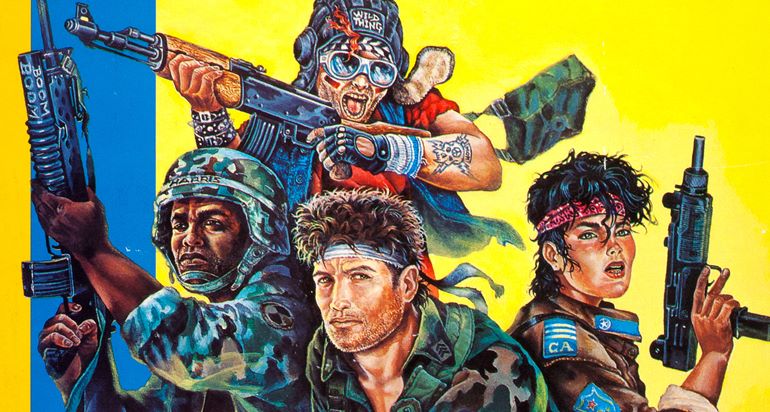Military RPG are weird. They emerged in the ‘80s, initially with light sci-fi/post-apocalyptic theming (Aftermath, Morrow Project), then as just straight-up warfare RPGs (Merc was probably the first of these, focused of soldiers of fortune and is basically one big racist dogwhistle; Recon came out a year later and is similarly polluted, with a heaping side of revisionist history of how the U.S. won Vietnam, actually). The genre wasn’t particularly successful in a commercial sense until GDW’s Twilight: 2000 (1984). To be clear up front: I do not understand the appeal of these games, but I find them endlessly fascinating, in the same way I find myself compelled to watch reels of car accidents when the algorithm serves them to me. If you are big on military RPGs, well, this is going to be a disappointing week for you.

Twilight shares two of the main Traveller designers (Frank Chadwick and Loren K. Wiseman) and I think it’s at least partially informed by the complexity of the unified Classic Traveller rules that appeared in 1983. It’s mechanically complex and primarily interested in detailed simulations of small arms combat (It is more complicated than my tolerances, but I do think it is far more playable than most gunporn RPGs before or since).
The game imagines a world putting itself back together after a small-scale nuclear war in Europe. Play takes place in the destabilized European countries, but players are essentially mercenaries or something like roaming ronin, free for chain of command and forced to deal with the realities on the ground without guidance or support. I can sort of see the appeal of this, coming out during the last years of the cold war (and I believe the starting world-state of the game was determined through GDW staff playing a grand strategy game rooted in contemporary events). It is certainly an interesting artifact of its time. T2K proved popular (and even has a less complex modern incarnation from Free League), but GDW’s increasing preoccupation with these sorts of heavy simulations likely contributed to grown problems that eventually led to the company’s closure.






